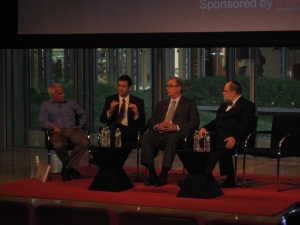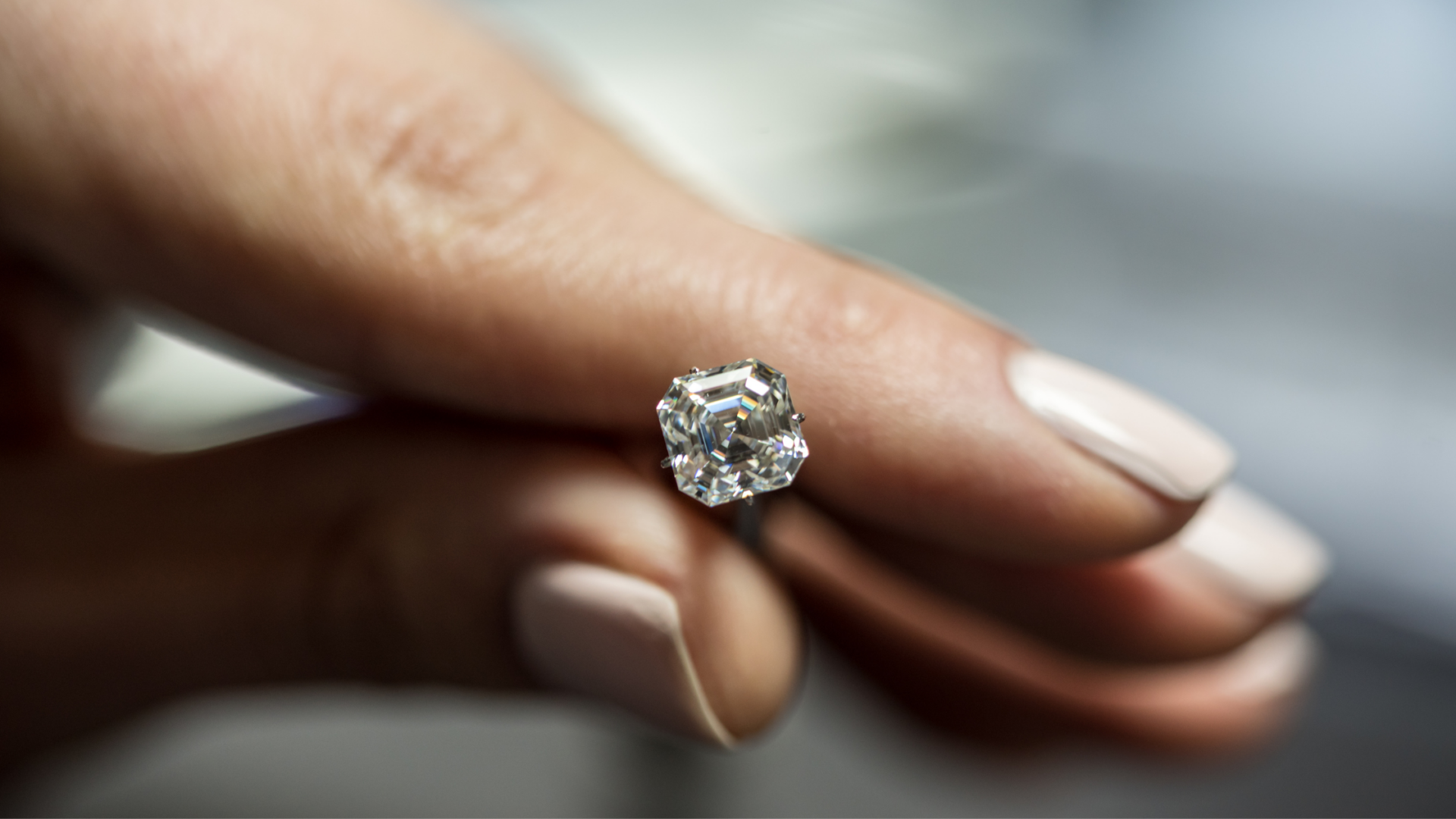- Joined
- Jun 29, 2011
- Messages
- 1,723
Re: For NGOs, the KP Show must go on……
Thanks for sharing. I am a law student and will be writing a paper on international environmental law this semester: I definitely think I'll tackle extraction & the environment. It'll be interesting to see if diamond mining pulls out ahead relative to other extraction industries.
Thanks for sharing. I am a law student and will be writing a paper on international environmental law this semester: I definitely think I'll tackle extraction & the environment. It'll be interesting to see if diamond mining pulls out ahead relative to other extraction industries.





300x240.png)